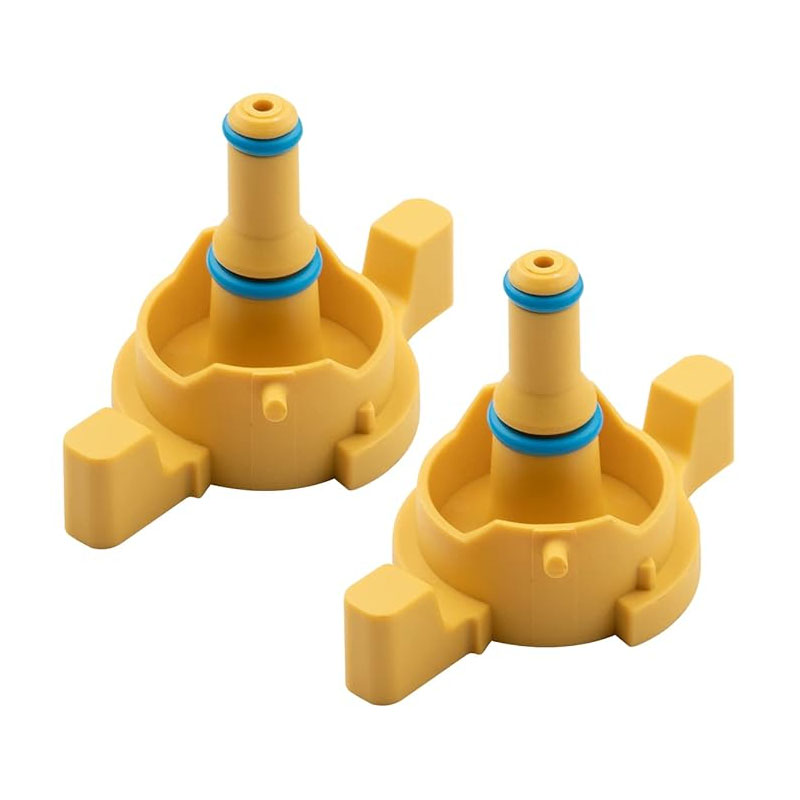Understanding the Importance of Transmission Tail Housing Seals in Vehicle Performance and Longevity
Understanding the Importance of Transmission Tail Housing Seals
Transmission systems are crucial components in any vehicle, responsible for transferring power from the engine to the wheels. Among the various parts that comprise a transmission system, the transmission tail housing seal plays a vital role in ensuring the smooth operation and longevity of the transmission. This article will delve into the significance of transmission tail housing seals, their functionalities, common issues, and maintenance tips.
What is a Transmission Tail Housing Seal?
The transmission tail housing seal is a component located at the rear of the transmission where the driveshaft connects to the transmission. It serves as a barrier to prevent transmission fluid from leaking out of the tail housing area. This seal is typically made of rubber or other durable materials that can withstand the high temperatures and pressures experienced in a functioning transmission.
Functions of the Tail Housing Seal
The primary function of the tail housing seal is to maintain the integrity of the transmission fluid system. Transmission fluid is critical for lubricating the moving parts within the transmission, facilitating smooth gear shifts, and preventing wear and tear. If the seal fails, it can lead to fluid leaks, resulting in a drop in fluid levels that can ultimately damage the transmission.
In addition to fluid retention, the tail housing seal also protects the transmission from contaminants such as dirt, debris, and moisture. A properly functioning seal ensures that these harmful substances do not interfere with the transmission's operation, thereby extending its lifespan.
Common Issues Associated with Tail Housing Seals
Despite the importance of the transmission tail housing seal, it is not immune to wear and tear. Over time, exposure to heat, vibrations, and various environmental factors can cause the seal to deteriorate. This deterioration can manifest in several ways
transmission tail housing seal

1. Fluid Leaks The most apparent sign of a failing tail housing seal is the presence of transmission fluid on the ground beneath the vehicle. A leak not only signifies a problem but can also lead to severe transmission issues if not addressed promptly.
2. Increased Transmission Temperature A loss of transmission fluid due to a compromised seal can cause the transmission to overheat. Overheating can result in significant damage, including burnt clutches and damaged gears.
3. Poor Vehicle Performance As the transmission fluid level drops, you may notice slippage during gear changes, delayed engagement, or unusual noises. These are warning signs that should not be ignored.
Maintenance and Replacement
Maintaining the transmission tail housing seal is essential for vehicle longevity. Regular inspections during maintenance services can help identify potential issues before they escalate. If a leak is detected, it is crucial to address it immediately. This may involve either repairing or replacing the tail housing seal.
Replacing a tail housing seal typically involves draining the transmission fluid, removing the tail housing, and replacing the old seal with a new one. It is advisable to consult with a certified mechanic to ensure the replacement is done correctly, as improper installation can lead to further issues.
Conclusion
In summary, the transmission tail housing seal is a small yet critical component of the overall transmission system. It plays a significant role in preventing fluid leaks and protecting the transmission from harmful contaminants. Regular maintenance and prompt attention to any signs of failure are key to ensuring the smooth operation and longevity of your vehicle's transmission. By understanding the importance of this seal, vehicle owners can take proactive steps to maintain their transmission systems and avoid costly repairs down the road.
-
Understanding Automotive Oil Seals: Essential Components for Engine and Shaft Protection
News Jul.30,2025
-
The Importance of Heavy Duty Seals in Industrial and Residential Applications
News Jul.30,2025
-
Exploring Industrial Oil Seals: From Felt Oil Seals to TTO and CFW Solutions
News Jul.30,2025
-
Essential Guide to Oil Seals: From Radial to Metal-Cased Seals for Industrial Reliability
News Jul.30,2025
-
Choosing the Right Oil Seals and Gaskets for Industrial and Automotive Applications
News Jul.30,2025
-
Cassette Seals: Durable Sealing Solutions for Harsh Environments
News Jul.30,2025
-
Understanding the Front Main Engine Seal: Purpose, Maintenance, and Installation
News Jul.29,2025
Products categories















